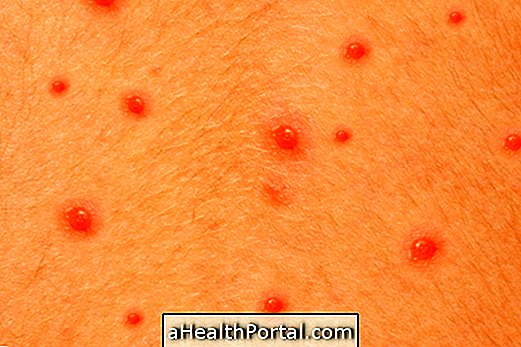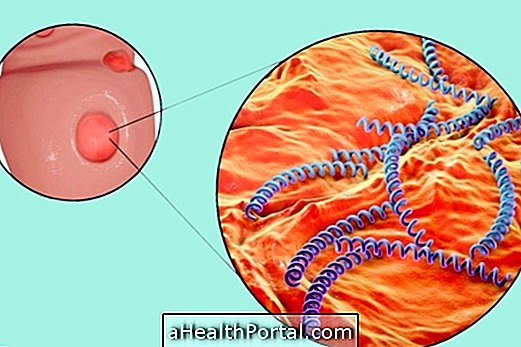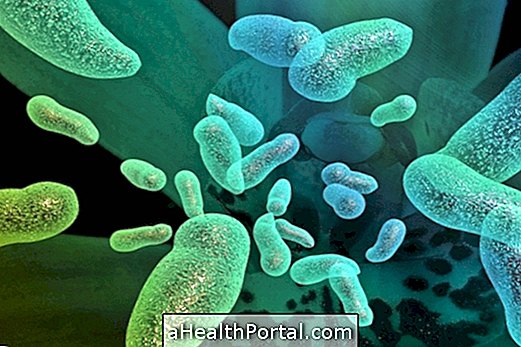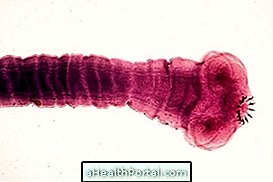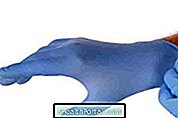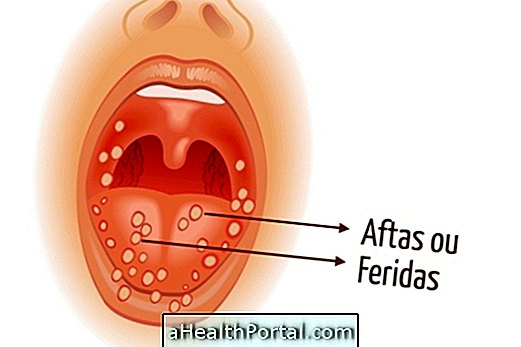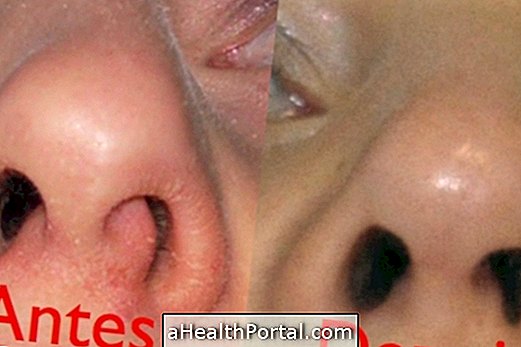Elephantiasis, or filariasis, is a parasitic disease that affects the lymphatic circulation, caused by a parasitic nematode, called Wuchereria bancrofti and known as filaria. This worm reaches the lymphatic vessels and promotes an inflammatory reaction, causing an obstruction of the lymph flow and causing the affected region, be it the leg or arm, to become very dilated - resembling an elephant's foot.
The filaria is transmitted by the mosquito of the genus Culex sp., known as a mosquito straw or stilt, capable of transporting the larvae of the worm and transmit through the bite. The treatment is made with antiparasitic drugs, such as Diethylcarbamazine and Ivermectin. However, when the disease reaches the chronic phase, it is not always possible to achieve cure due to the intense inflammation already caused in the lymphatic vessels.
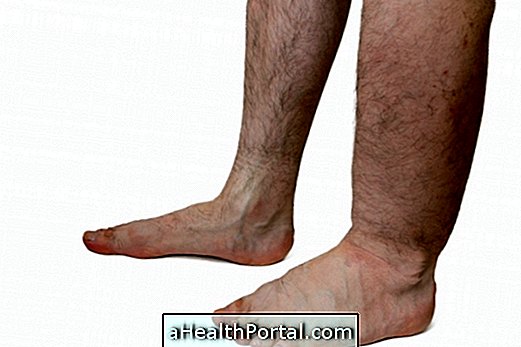
Main symptoms
Transmission of filarial larvae through the body's blood and lymphatic vessels causes symptoms, which appear after 1 to several months after transmission by the insect, such as:
- High fever;
- Headache;
- Muscle pain;
- Light intolerance;
- Allergic reactions
- Asthma;
- Itching through the body;
- Pericarditis;
- Enlargement of the lymph nodes;
- Swelling of the limbs, such as legs, arms, breasts or scrotal sac.
After months to years, if filariasis is not properly treated, the presence of adult filariasis in the circulation causes scars and obstruction of lymphatic vessels, which prevents lymph flow, and causes accumulation of this fluid in the affected limbs, causing chronic swelling and thickening of the skin, which gives the appearance similar to that of an elephant, which gives rise to the name of the disease.
To understand how lymph circulation occurs through the lymphatic system, check out what the lymphatic system is and how it works.
How to confirm
The diagnosis of elephantiasis is made from the observation of the individual and their complaints, and can be proven by blood test, which can identify the parasite or immune response of the body.
The diagnosis is not always made in time, because the disease progresses very slowly over the years. The causative agent is multiplying within the individual, but it generates symptoms that can be confused with other diseases, and the main symptom is exaggerated swelling of the limbs can occur long after the contamination.

How transmission occurs
When the individual chooses, the larva present in the mosquito is transmitted and installs itself in the lymphatic chain, where it will develop and breed new worms.
The infected person does not pass the disease on to others, but if a mosquito stings it can contaminate itself and contaminate others with its sting, even if this person has not yet manifested all the symptoms of the disease.
Forms of treatment
The treatment of elephantiasis is done by ingestion of antiparasitic drugs such as Ivermectin, Diethylcarbamazine or Albendazole, for example, guided by the infectologist, who are able to kill the filaria larvae and prevent their complications.
However, in some cases, surgery may be necessary to correct the lymphatic system, and reduce symptoms or complications, when inflammation has already caused scars and obstruction of the lymph flow.
Prevention of elephantiasis
The prevention of elephantiasis is done by avoiding contact with transmitting mosquitoes, through measures such as:
- Use of bed nets;
- Screens on windows and doors;
- Avoid leaving standing water on tires, bottles and potted plants, for example;
- Use repellent daily;
- Avoid places with flies and mosquitoes;
In addition, it is the government's responsibility to use means to combat flies and mosquitoes such as spraying poisons through the air, such as smoke and sanitation.
Check out practical recipes for natural repellents that can help repel mosquitoes and flies that can transmit diseases like afilariosis, dengue and zika.
